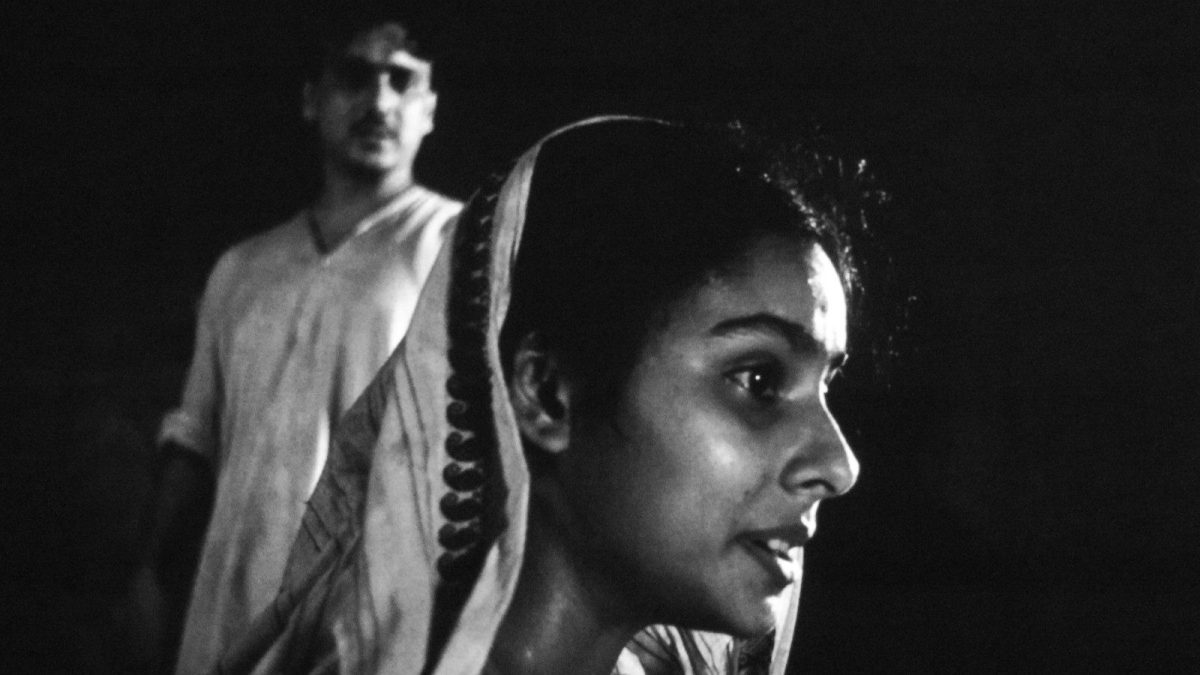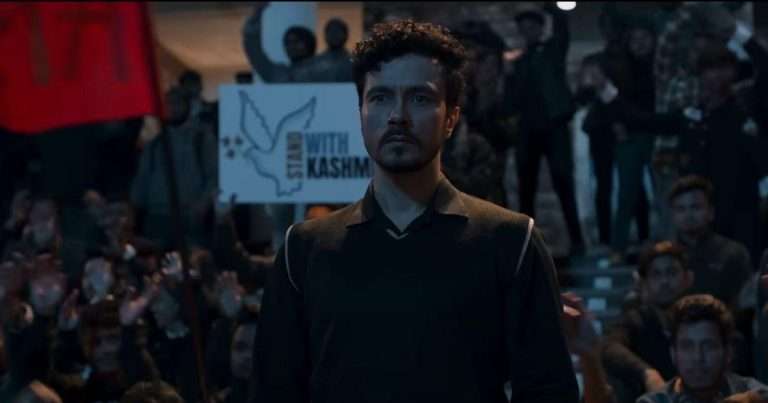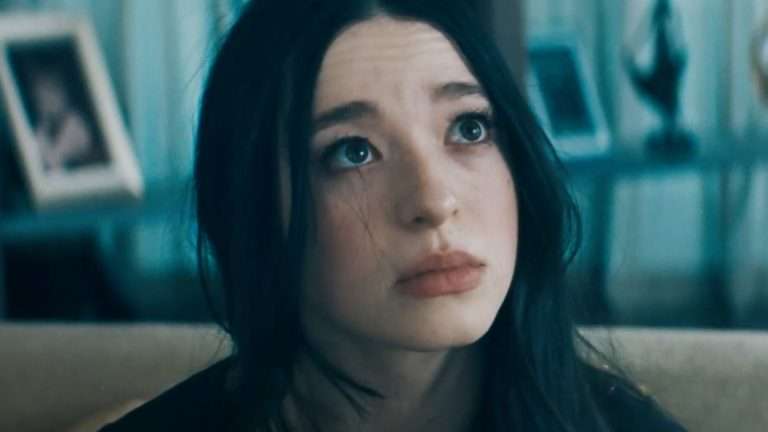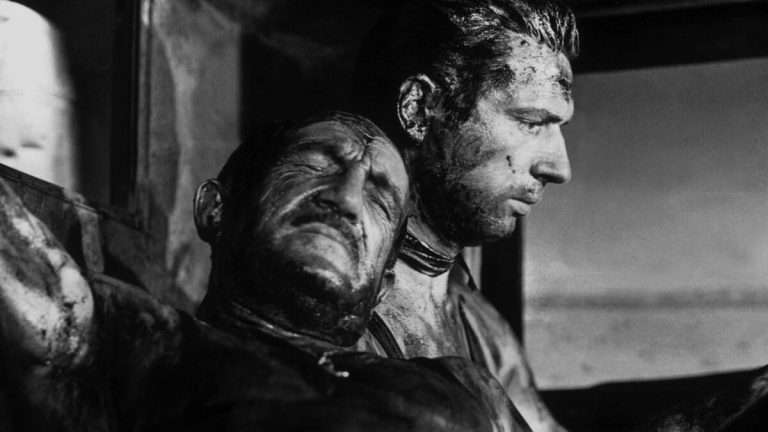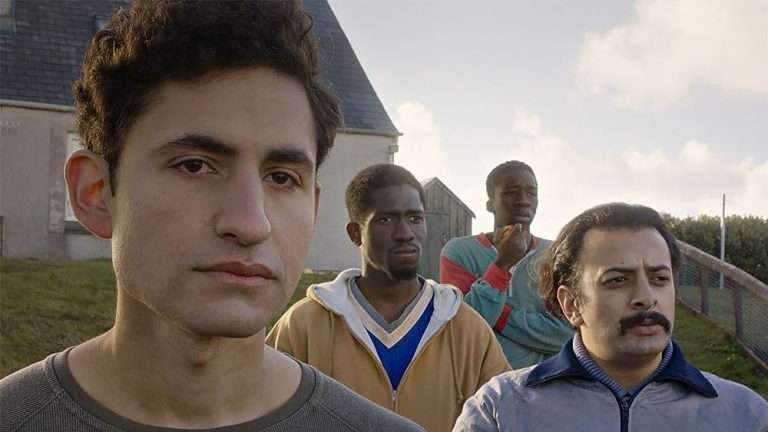Cinema suffers from the tyranny of the visual. Here, the sound always takes a backseat. The cinematic apparatus presents a multiplicity: images, voices, effects, music, text, and the mise-en-scène orchestrates these disparate elements toward a singular aim: the spectator’s body. Sound and image create what might be called a spatial “oneness”—the signature of mastered form. Ritwik Ghatak writes in ‘Cinema and I’, “The silent cinema is a different form of art altogether.” He believes that the silent era was never rescued by sound; rather, cinema gestated in sight and was born into sound. Like Murch says, “Sound pulls a veil of oblivion across her reign and withdraws into the shadows, keeping a watchful eye on the braggart Sight.” Sound was never the need of Cinema, but a gratuitous boon. It does not merely complement; it conveys substance.
In Ghatak’s films, the sound achieves an autonomy. It relieves the image of its narrative burden. Ghatak himself says,
“We seek to provide an overtone to the film as a whole right on the credit cards. Then the different events, different characters, and different observations call for particular tunes or compositions.”
What follows is my attempt to borrow from Ghatak’s own theoretical vocabulary—not as homage, but as method. My concern is to elaborate on the autonomy of sound in two of his very different films— “Subarnarekha,” arguably one of the most harrowing tragedies, and “Komal Gandhar,” a breeze for the eyes.
Ritwik Ghatak does not want us to relax or feel comfortable while watching the film. The title sequence pre-dictates this notion. It rejects the contentment with the introduction of the sitar into the well-established melody of the flute. Then: a high-pitched female voice, announcing Sita’s magnitude even before she appears on the screen. The high-pitched note may sound like a sheer cry. The shortened time frame and intense acuity of the female voice create a melodramatic emotion that the image may never provide. Ghatak constructs his narrative with these melodramatic tunes, inscribing Sita’s destiny before her birth.
The melody of the film, even before the film begins, rhymes with the last tune of the verse he composes. Kabir Suman writes,
“অর্থাৎএই ভাইব্রোফোন ও বেলস সহযোগেস্ত্রোত্রের সুরটি হয়ত পরিচালকের ‘বাণী’ যা ছবির শেষ প্রান্তেরবীন্দ্রনাথের তিনটি লাইন ও নেপথ্যকন্ঠে ‘চরৈবেতি’ কথাটির সুরেলা উচ্চারণের মধ্যে দিয়ে পূর্ণতা পাবে। ” (this tune—accompanied by vibraphone and bells—constitutes the director’s ‘message’, finding completion only in the film’s final moments: three lines from Tagore and the melodious utterance of ‘Charaibeti’, which means march on)
At the beginning of the film, when Abhiram’s mother was taken hostage by the zaminder’s goons, the strings slowly reach a higher range, without evoking a drop of tragic loss. The music does make our eyes tear, but creates a sense of helpless fear. Here, it is to be noted that Ghatak used ‘silence’ when news of Gandhi’s death was published, though music could have easily been incorporated. Ghatak deploys different instruments—classical and folk—as circumstances demand. When Ishwar goes to Rambilash’s house, the last of Jhala ends. He kept the musical verse short-lived, only to surprise us later, when Ishwar was offered a job. Now the sarod prepares its strings for a raga consonant with new beginnings. Various kinds of musical odes are used in the film, but mostly incomplete, creating a larger composition that the director withholds.
Sita’s song operates differently. Through music, we access Sita’s emerging youth. Earlier, we see a small girl on the runway singing “Aaj Dhaner Khete.” We see her in long shot—but is this Sita? The vibraphone responds. When the Bhairabi finally begins, we can see Ishwar, not Sita. A melodious mystery is being unfolded. Whose voice is it? Ishwar listens, stops, listens. There is no potential clue that Sita is singing.
Also Read: The Conflict of Reason and Ruin: A Marxist-Psychoanalytic Reading of Ritwik Ghatak’s ‘Jukti Takko Aar Gappo’ Through an Absurdist Lens
Before the song ends, we can see her. But still, one may question, is it really her? Here, one has to go beyond the frames, or even the melody of the vibraphone. The river, Subarnarekha, its withered beauty, gleaming as a strip of gold, and the slow symphony of the Bhairabi has already painted Sita, embodied her substantial mold. Here, the music travels beyond the senses and pre-constitutes Sita’s constricted emotions, her expression of love to Abhiram.
When Abhiram asks,
“Does it hurt?” the banshi and the strings play on continuously without changing any range. But why Kalavat Rag? Beyond our gaze, Ghatak slowly takes our senses and liberates them, when this Rag continues in Shalbon. In that intimate moment, Ghatak chooses Sitar. Kabir Sumon writes, “কামনার রঙ ও আবেগসেতারে আরও বেশি ধরাদিতে পারে বলেই কি?” (Can desire’s color and emotion be better captured by the sitar?)
When Sita dies, the frame offers no music, only sounds. Music lost its capacity to reverberate with the loss. Sound and Silence take over. For Ghatak, only with proper silent connotations can one compose a musical verse that can evoke emotions. When Ishwar and Binu walk together, Ghatak uses the tune of the song, “Aaj Dhaner Khete,” but on the dotara. Ritwik Ghatak could have evoked Sita’s memories, but he chose not to. He did not use the song, but rather its memory with the strings of the dotara.
At this moment in the film, he knew that neither Sita nor Ishwar was important. It is Binu, whose life is beginning, tinted with the nostalgia of the past. When Binu sings the Rabindra Sangeet, out of tune, in a childish voice, the film draws its end note. The melody of the sitar, which was used in the beginning, comes back, resonating, “জয় হক মানুষের /ওইনবজাতকের /ওই চিরজীবিতের।” (Victory to humanity / to the newborn / to the eternally living.)
The music is used meticulously to politicize the melodramatic mode of narration of Indian Cinema. The sound finds its freedom and indicates much more than the image was capable of. Ghatak writes,
“Sometimes one has to comment on a particular piece of music in another director’s film. I have done this myself. In “La Dolce Vita,” during the final orgy, where Fellini has cracked his whip at the whole of Western civilization, we hear Patricia. I tried to say something similar in the context of today’s intellectual Bengal in “Subarnarekha.” I have used the same music in the scene at the bar to comment. Do you say I was influenced? Not at all! Only that this music helped me to say a lot of things.”
It was music that helped to articulate the pain of the new generation without identifying its origin. Was it just the nostalgic pain of the generation that never witnessed war, never witnessed riots, never witnessed famine? Does the music leave the final elegy, suggesting that it is of the generation that remains oblivious to the horrors of riots, wars, and famines?
Ghatak himself searches for an answer, and in the process, carves out the trauma of a soul, his soul, striving for identity in a new land, and trying to cope with the loss of the motherland.

